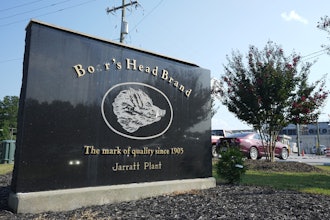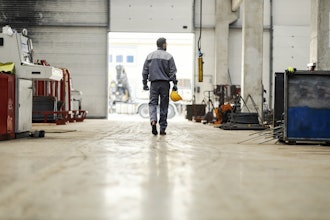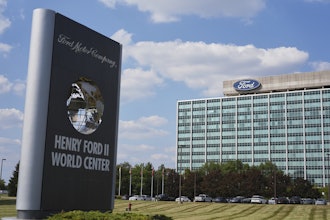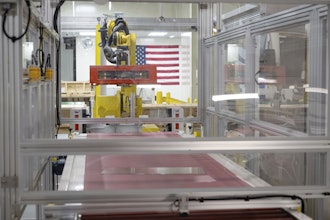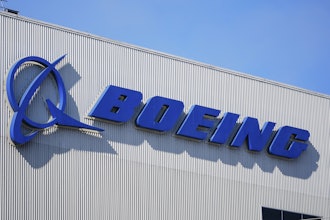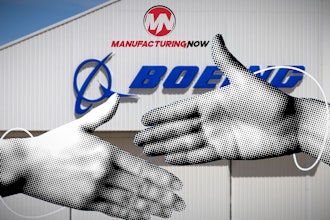The 20-day, 150,000-hand Brains vs. Artificial Intelligence Texas Hold’em Poker tournament, which is held at the Rivers Casino in Pittsburgh, is about half-done. And while it’s not a total surprise that an artificial intelligence platform created at nearby Carnegie Mellon University is beating its human counterparts - the size of the lead and the way its winning is definitely raising some eyebrows.
In 2015 four leading pros amassed more chips than their AI opponent, called Claudico, but the margin of victory wasn’t large enough to prove whether the humans or AI were actually the better poker players. Much of this was attributed to the humans’ ability to adapt to Claudico’s strategies, whereas the AI didn’t have the same ability.
Heads-Up, No Limit Texas Hold’em is seen as an ultimate test for artificial intelligence, as more cards are hidden than traditional Texas Hold’em, which AI “solved” back in 2015. And with only two head-to head competitors, there’s more guessing and anticipating what an opponent might do.
The AI being used this time around is called Libratus and was developed by Carnegie Mellon computer science professor Tuomas Sandholm and Ph.D. student Noam Brown. They equipped Libratus (which is Latin for balance) with algorithms that allow it to analyze the rules and establish its own strategy.
A powerful supercomputer called Bridges also allows Libratus to refine its poker-playing skills by sifting through past games and performing calculations in real-time, helping it to compute strategies for each hand based on what it has learned from its opponents, as well as its own mistakes.
Each night the Pittsburgh Supercomputing Center’s Bridges computer performs computations that further sharpen the AI’s strategy.
Heading into gameplay today, Libratus had built a lead of over $700,00 on four of the game’s best professional players. This level of problem-solving, learning from mistakes and critical “thinking” could transport AI to a whole other level.
On the manufacturing front, this could lead to greater troubleshooting, even fewer errors and greater plant floor safety as machines learn how to be even more efficient and aware of interactions with their human counterparts.









